I am running some examples and tests on TensorFlow Quantum (TFQ) and I am struggling to perform a multi-class classification. I will used the MNIST classification example as base (https://www.tensorflow.org/quantum/tutorials/mnist), since this is where I am starting from too.
For binary classification I played with the different examples of classes and different gates combination, and the classification result is obtained by measuring a single readout qubit (qR)result, thus if qR=0 we classify with class 0 and if qR=1 then we have class 1.
I extended it to a multi-class problems, so we have a 4 classes (0,1,2,3). To do this I change the labels of the classes with tf.keras.utils.to_categorical(y_train), such that the labels get converted from single values to vectors (0 -> (1,0,0,0); 1-> (0,1,0,0); etc..), use tf.keras.losses.CategoricalHinge() as loss of the model and create 4 readouts qubits, one for each class (M(qR0, qR1, qR2, qR3) = (0,0,1,0) -> class 2), and this works.
However, this method increases massively the size of the circuit. So what I want to do is to pass to TFQ only 2 readout qubits and use the combined measurement for the 4 classes classification (|00> = 0, |10> = 1, |01> = 2, |11> = 3). Ideally this would allow a 2^n multi-class classification, where n is the number of qubits. In Cirq I can achieved this output by performing a cirq.measure(qR0, qR1, key='measure') on the two readout qubits. However I am struggling in passing such command to TFQ, since from what I understand it measures only the qubits that end with a single qubit Pauli gate.
So, is there something that I am missing in the functionalities of TFQ that allows such kind of measurements in the training process?



